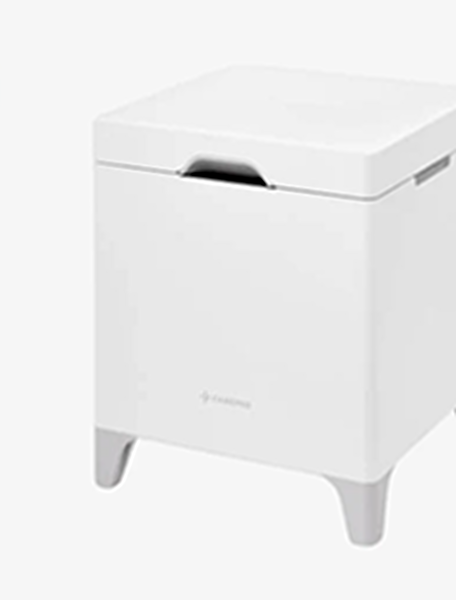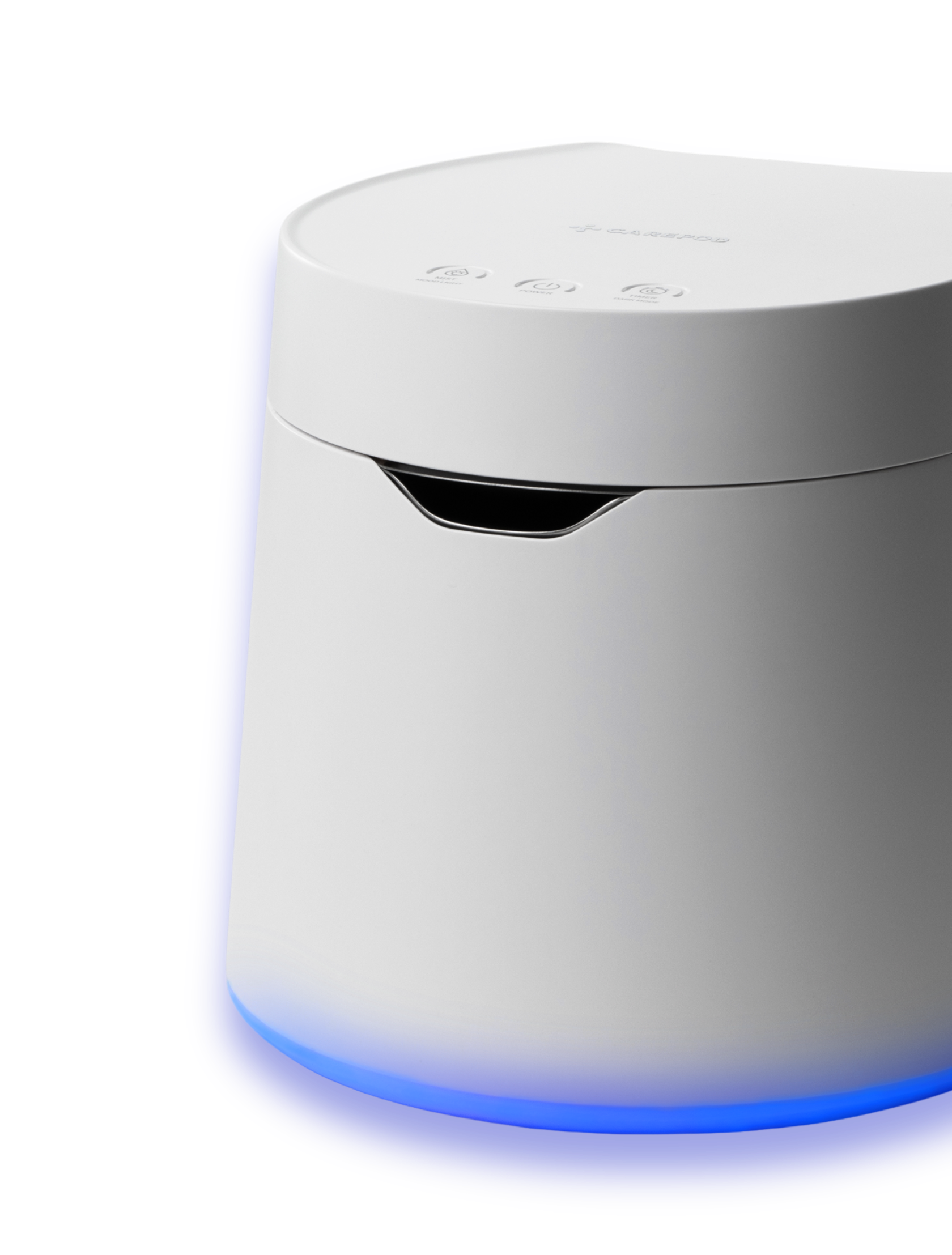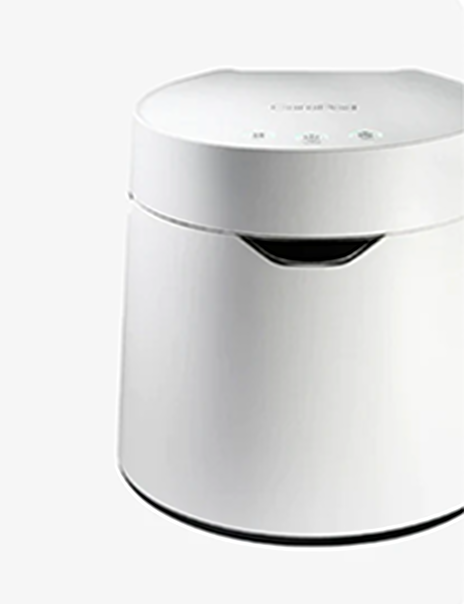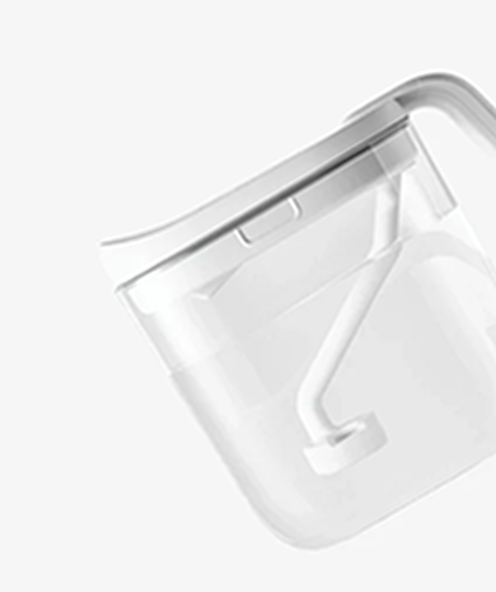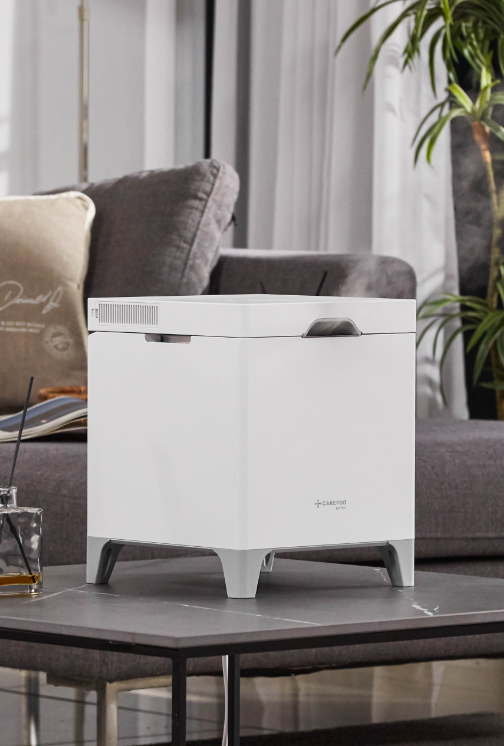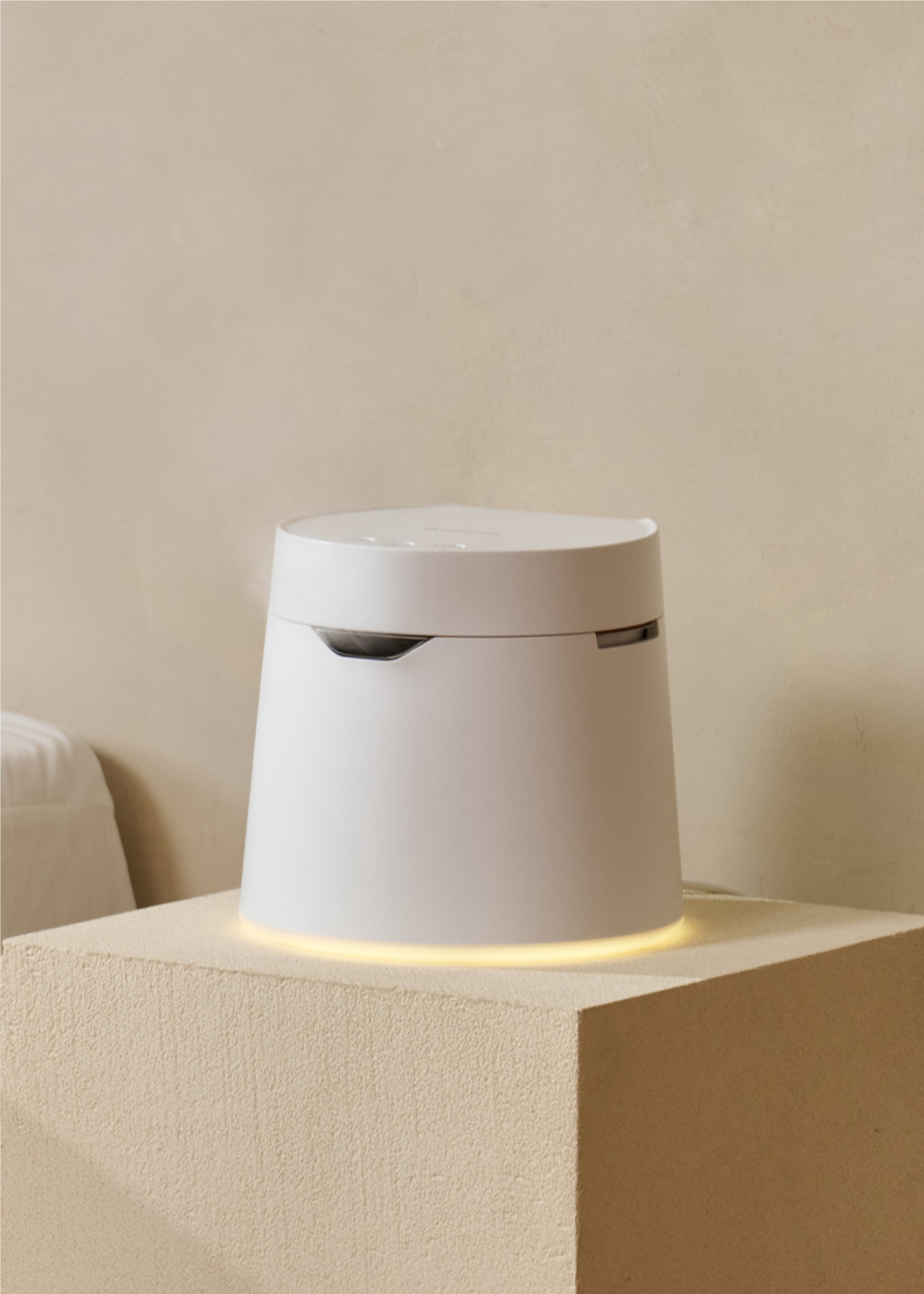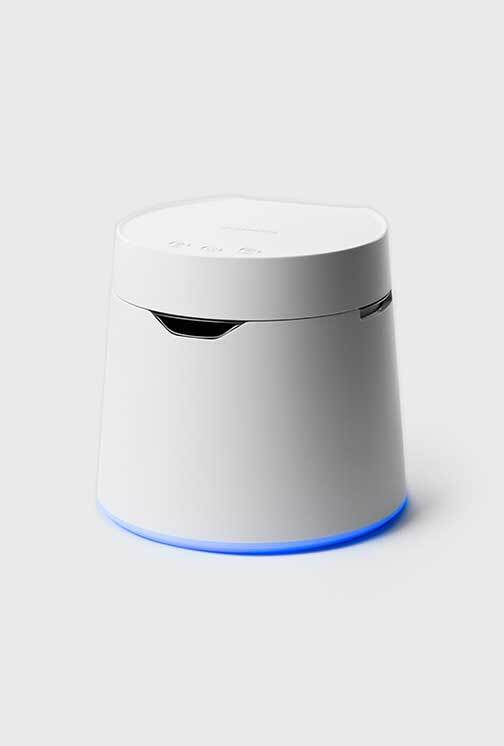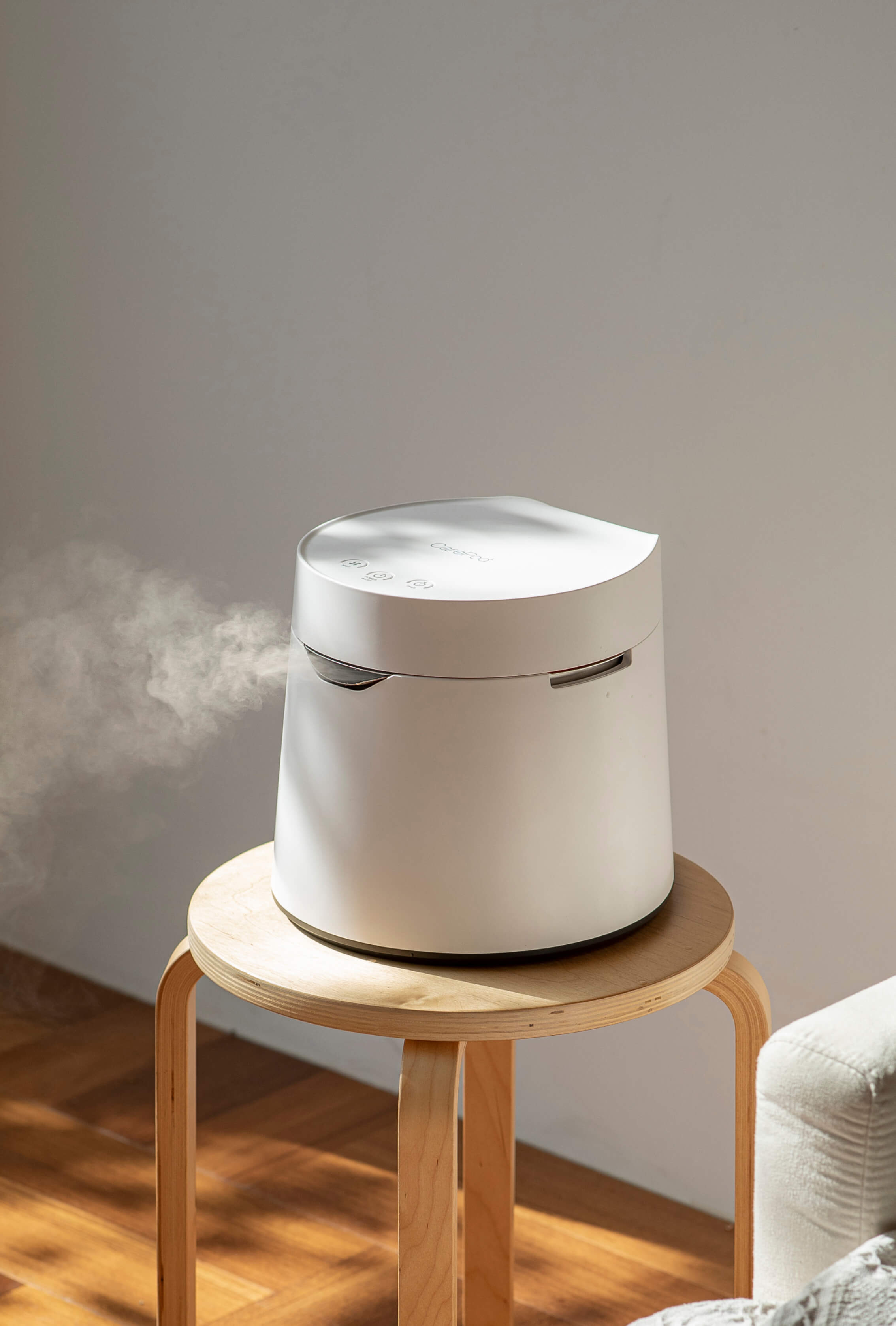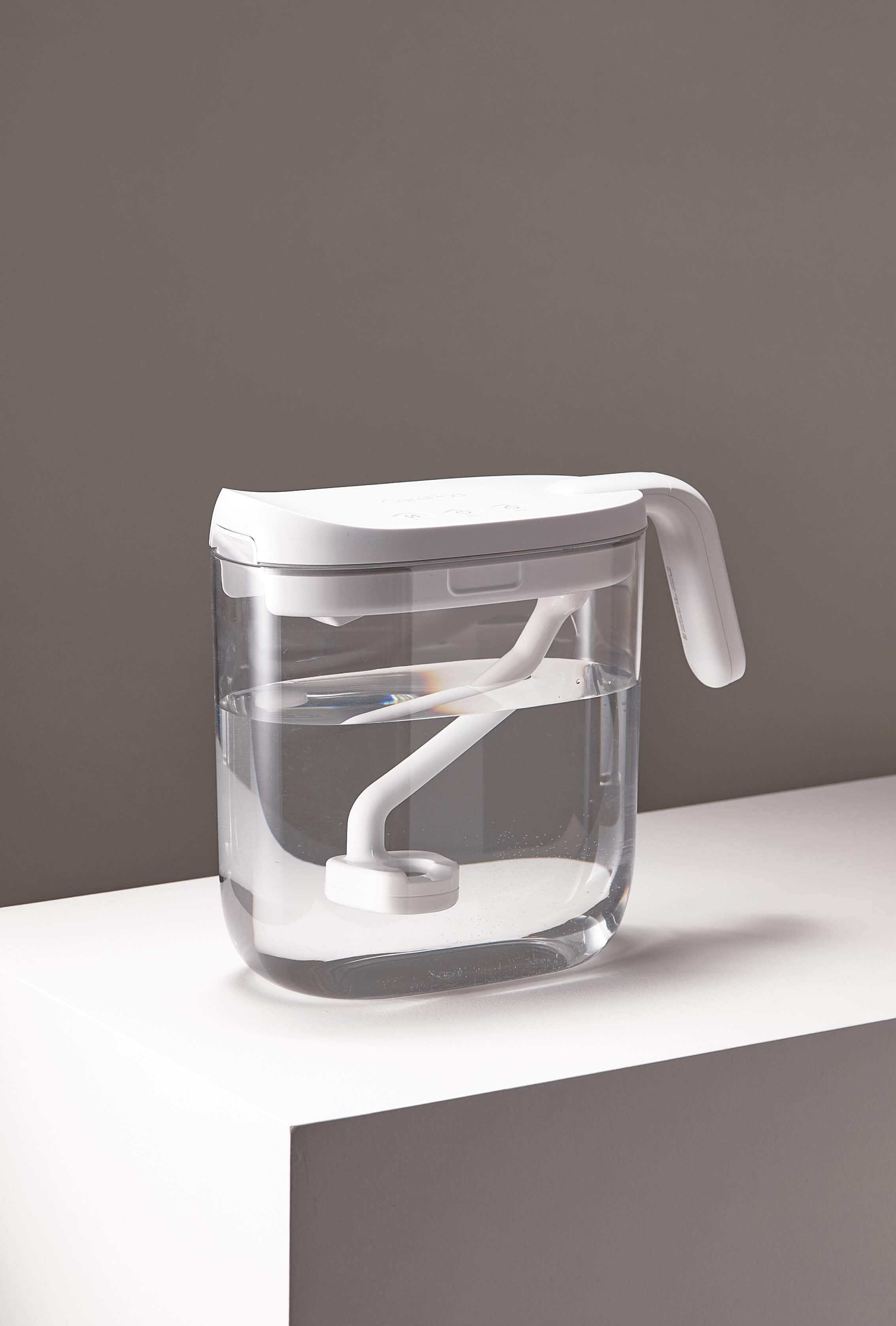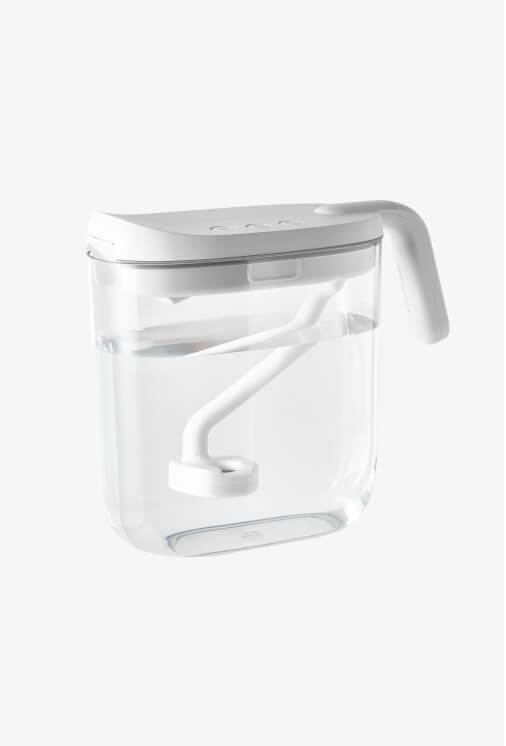Filters vs. Filter Free Humidifiers: What’s Better For You?

Improving your environment at home can be as simple as introducing a humidifier. With a number of health and wellness benefits, investing in one can be a smart decision for you and your family.
However, when choosing the right humidifier for your home, navigating through the numerous options can be overwhelming. From warm-mist to cool-mist choices, whole-house to portable units, and terms like "ultrasonic" and "vaporizer," it's easy to feel lost if you're a newcomer to the topic.
One common question people have is about the differences between filtered and filter-free humidifiers. Why do some need a filter while others don't? And of course, which one is better?
In this article, we'll break it down for you by comparing filtered and filter-free humidifiers in a few key categories to help determine which one suits you best. (Plus, we'll introduce you to Carepod and explain why it's a game-changer in the world of filter-free humidifiers).

The 3 Types of Humidifiers
Before diving into the comparisons, it's important to understand the different types of humidifiers and know which one actually requires a filter.
There are three common types of humidifiers: ultrasonic, evaporative, and vaporizer.
While these humidifiers all work to add moisture into the air, they operate in different ways.
- An ultrasonic humidifier uses an oscillating drum to create high-frequency vibrations that turn water into a fine mist.
- An evaporative humidifier uses an internal fan to blow water through a wick filter, which evaporates and disperses it into the air.
- A vaporizer humidifier works by simply boiling water to produce steam, which is then released into your surroundings.
In summary, evaporative humidifiers need filters, while ultrasonic and vaporizer humidifiers do not. (So when we refer to "filtered humidifiers" going forward, we mean evaporative ones).
Maintenance
When it comes to maintenance, filter-free humidifiers have a clear advantage.
Not having to wash or replace filters makes life so much easier. Just clean the water tank and other basic parts of the device, and you're good to go. For those who value convenience and efficiency, a filter-free humidifier is your best bet.
On the flip side, a filter humidifier requires some extra effort. You'll have to purchase and install a new filter every few weeks or months (depending on your frequency of use and water quality). While regularly washing the filter may extend its lifespan, this would add even more work on top of basic upkeep tasks like refilling water, checking the filter's condition, and cleaning other humidifier parts.
Monthly Costs
One big advantage of filter-free humidifiers is that they don't come with any hidden costs.
While some ultrasonic or vaporizer models may have a higher upfront price tag than evaporative humidifiers, that's all you'll need to pay, and there's no catch. They eliminate the need for regularly purchasing filter replacements, which can rack up significant expenses over time.
With evaporative humidifiers, it's generally recommended to install a new filter every 1 to 45 days, depending on your level of use. Each replacement filter can cost between up to $25, which may not seem unreasonable upfront, but these costs do accumulate over the years. Many brands even try to push monthly subscription plans to lock you in for life.
Operating Noise
Many people report that filtered humidifiers are often louder than their filter-free counterparts.
That's because evaporative humidifiers operate with an internal fan, which may generate unwanted noise. So they're more suitable for larger open spaces where noise isn't too big of a concern.
But if you're looking for a humidifier to introduce to your bedroom or other peaceful space, a filter-free humidifier would be the better choice. Ultrasonic technology generates moisture through microscopic vibrations, and vaporizers do not involve any moving parts or fans to boil water. Both tend to operate quietly and produce a minimal gentle dripping noise that some may even find soothing.
Health and Safety
When it comes to health and safety, this is where the dangers of filtered humidifiers can far outweigh their initial-seeming convenience.
Filter humidifiers may offer a level of water purification at the beginning, as the filter helps to capture impurities from the water and prevent them from entering the air.
However, filters are a double-edged sword. If not cleaned and replaced regularly, these moist, mesh surfaces can become a breeding ground for mold and bacteria — potentially posing an even greater risk than the impurities they filter out.
Plus, those complicated crevices or corners that you might've encountered while trying to clean inside of your filtered humidifier? Also another series of hidden places for mold to collect.
These dangerous microorganisms may cause respiratory problems such as coughing, wheezing, and aggravated asthma symptoms. Long-term exposure can even trigger allergic reactions, infections, and other more serious health issues.
Filter-free humidifiers are generally better at preventing germ buildup. While they may not necessarily offer the same level of water purification, this issue can be very easily mitigated if you use filtered or distilled water instead of tap water and of course, clean your humidifier properly.
Carepod specifically offers premium humidifier models with a visible stainless steel water tank that can be easily be sterilized — no hidden nook or crannies for any mystery mold to grow (as is commonly the case for filtered humidifiers!).

The Final Verdict
In our view, filter-free ultrasonic humidifiers are the top choice.
Compared to evaporative humidifiers, they're much easier to clean and maintain, don't have hidden monthly costs, are less likely to accumulate mold or bacteria, and operate at gentler noise levels. Plus, they're safer than vaporizers, as boiling water may pose a burn risk, making them less suitable for households with children or pets.
In the end, no matter which type you choose, we’re glad that you’re prioritizing your health and well-being. With proper care and maintenance, any humidifier can be a valuable addition to your home for years to come.

Why Carepod?
Out of all filter-free humidifiers, why Carepod?
Here are three ways Carepod is transforming homes for wellness-conscious folks and families around the world:
Doctor-Invented: Dr. Hyung Joo Kim, who realized that none of the humidifiers on the market met his standards as a medical professional, set out to design his own. Together with his team of Korea-based engineers, they developed a next-generation humidifier that has earned a number of design awards and certifications while bringing joy to families worldwide.
Unique, Easy-to-Clean Design: Carepod stands out with a simple yet innovative 3-piece design that makes for an effortless cleaning process. Simply detach the white wand, stainless steel water tank, and inner lid cover, then wash with soap and water. Simple, fuss-free and easy.
99.99% Sterilizable: The main parts of a Carepod humidifier are dishwasher-safe and can even be rinsed in boiling water, allowing for 99.99% sterilizability — a one-of-a-kind feature that offers peace of mind, above that of any other brand. Plus, its water tank is crafted with premium-quality stainless steel, helping to prevent the growth of mold and bacteria commonly found in other humidifiers.
